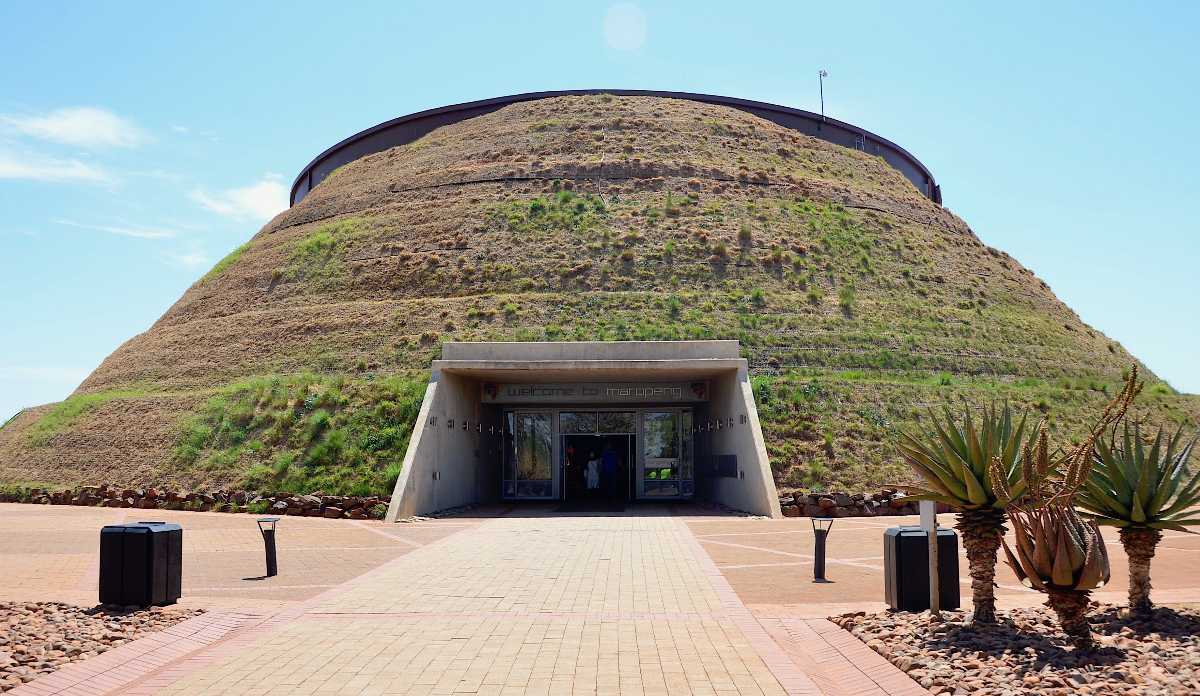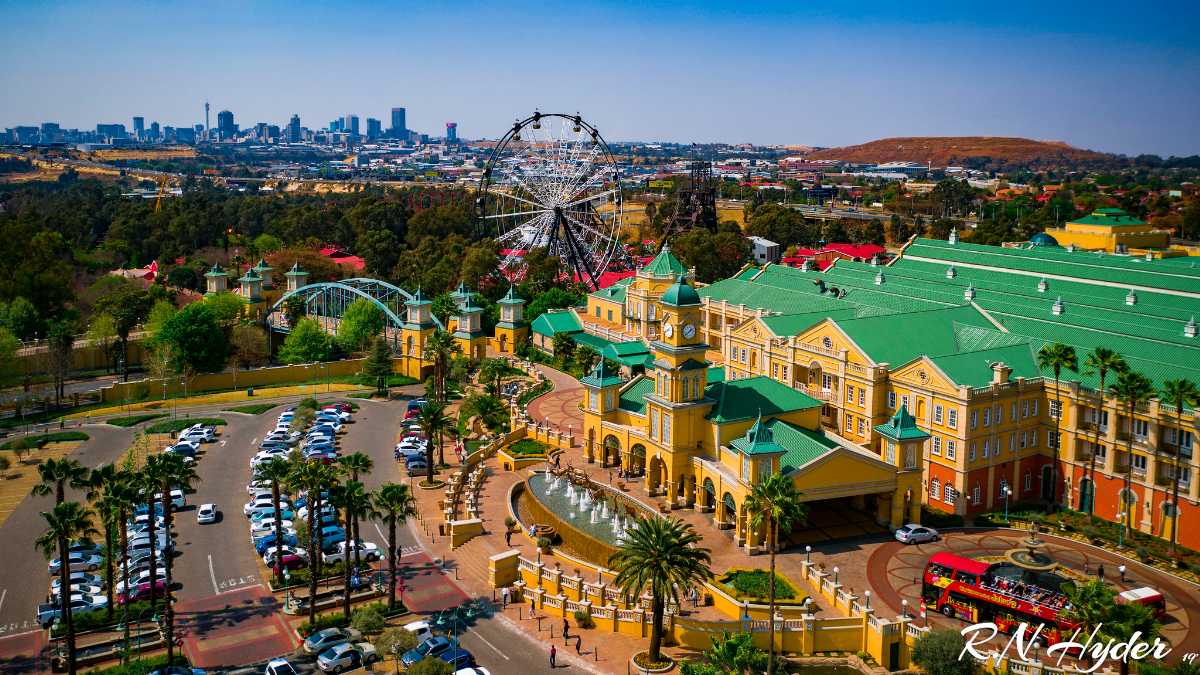The smart Trick of Johannesburg North Attractions That Nobody is Talking About
The smart Trick of Johannesburg North Attractions That Nobody is Talking About
Blog Article
Johannesburg North Attractions - An Overview
Table of ContentsFacts About Johannesburg North Attractions RevealedAbout Johannesburg North AttractionsSome Known Details About Johannesburg North Attractions The Basic Principles Of Johannesburg North Attractions Johannesburg North Attractions Fundamentals ExplainedJohannesburg North Attractions Can Be Fun For Anyone
The city expanded on the side of the Witwatersrand Main Reef, a below ground stratum of gold-bearing quartz-silica empire that arcs for hundreds of miles under the Highveld - Johannesburg North attractions. Many of the gold mines in the city discontinued procedure in the 1970s, however in its day the Witwatersrand gold industry accounted for even more than 40 percent of the globe's annual gold production.Johannesburg has a warm climate. Summer season temperature levels balance about 75 F (24 C); wintertime temperatures average concerning 55 F (13 C) and only periodically dip below cold. The city appreciates regarding eight hours of sunshine per day in both winter season and summer. Rain averages concerning 28 inches (700 millimetres) per annum, but the total differs considerably from year to year.
What rainfall the city obtains falls practically specifically in the summer months, commonly in stunning late-afternoon electric storms., where numerous citizens still depend on coal for gas.

Get This Report about Johannesburg North Attractions
The equilibrium of the city is inhabited by whites. Holiday accommodation varies in character and high quality. Soweto is notorious for its endless rows of municipally developed, two-room matchbox homes, yet it additionally has a few flourishing enclaves as well as bursting squatter camps, where 10s of thousands live without water, electrical energy, or hygiene facilities.
Physical growth, although rather restricted by transport, proceeded swiftly as migration to South Africa, and Johannesburg particularly, enhanced significantly. This trouble was addressed in the 1930s when the automobile was introduced in automation to South Africa. Autos were, for the most part, restricted to the affluent, and permitted them to transfer to the north of the city and commute into the centre.
Most inadequate suburban areas were mixed, with poor blacks and whites living with each other, although the wealthy suburban areas were usually booked for whites.
The previous system of eleven phoned number areas was reorganised in 2006. Marshalltown, as seen from the top of the Carlton Centre. The M1 and M2 run behind the buildings, and the southerly suburban areas extend past the freeway limit. The internal city of Johannesburg is situated within the city's Area F. The approximated population of the region is 200,000, [] but the variety of people residing in the inner city on a casual basis is unknown, as lots of are illegal immigrants. A lot of higher-income residents and white people have relocated to the northern residential areas and have actually been changed by lower-income black people. The unemployment, education, and age profiles of the location are all unknown, as a result of the difficulty of acquiring dependable info concerning the area.
Examine This Report on Johannesburg North Attractions
Centred on the CBD, the area consists of the suburban areas of Yeoville, Bellevue, Troyeville, Jeppestown, and Berea to the eastern. To the west it infects Pageview (Johannesburg North attractions) and Fordsburg. There are tiny industrial parks to the south, such as City West-Denver and Benrose. Around 800,000 commuters travel through the inner city daily, and it operates as a local purchasing node for visitors from the southerly suburban areas. Yeoville and Bellevue have a mix of home buildings and single property units on little lots. The link region is located on a hilly divide that runs from east to west.

Johannesburg Stadium, a training ground for both the Golden Lions and Orlando Pirates, is nearby. The eastern suburbs of Johannesburg lie in the city's 7th [] blog and 9th [] regions. The area is additionally functionally integrated with East Rand boundary communities beyond the official boundary of Johannesburg, such as Bedfordview and Edenvale (both part of Ekurhuleni Metropolitan Town).
An Unbiased View of Johannesburg North Attractions
The eastern suburban areas are some of the earliest locations of Johannesburg, there are big neighborhoods of Jewish and other European histories, the majority of the population is English speaking. There are 3 golf courses as well as a number of safeguarded ridges with viewsites.
Originally built to house male migrant workers, lots of have been enhanced as residences for couples and family members. The suburb was not historically allowed to produce work centres within the location, so almost all of its residents are travelers to various other parts of the city.
Johannesburg North Attractions Fundamentals Explained
The household areas in the northern residential areas are primarily official, with no significant locations of casual real estate, or real estate webpage that lacks an irreversible structure. This is a well established area, there is a fad of land use adjustment from household to business, especially along major arterial roadways and around established nodes.
Roadways to the east and west are less well established, as there are no highways travelling in that direction. In the direction of the north border of the city, the density of growth reduces, leaving big locations of untaught land around Midrand.
The Johannesburg North Attractions Ideas
The first suburb to the north of the internal city is Parktown, which lies on a hill ignoring the internal city and Hillbrow. It has many rich locals and Edwardian-style estates, in addition to the Education and learning and Medical universities of the College of the Witwatersrand. The huge concrete Charlotte Maxeke Johannesburg Academic Hospital controls the skyline of Parktown.
Report this page